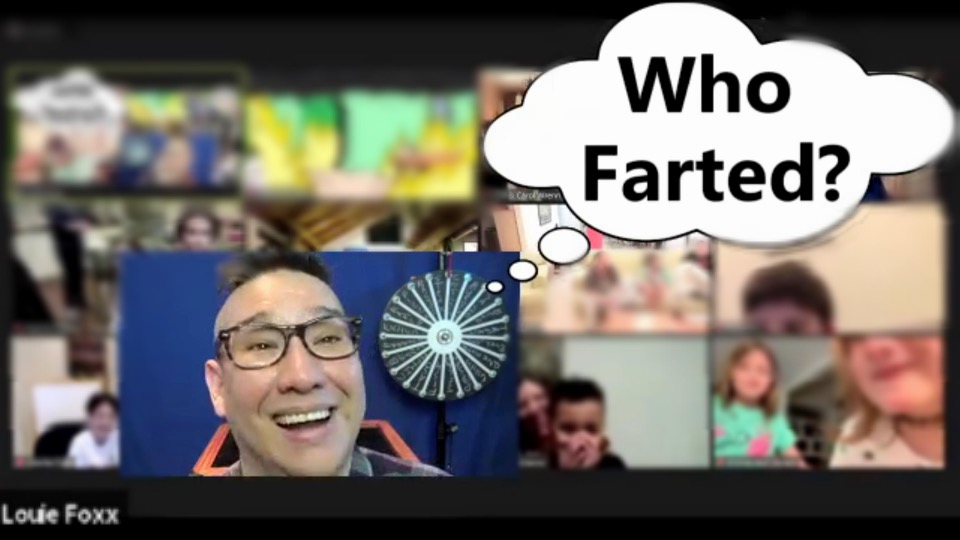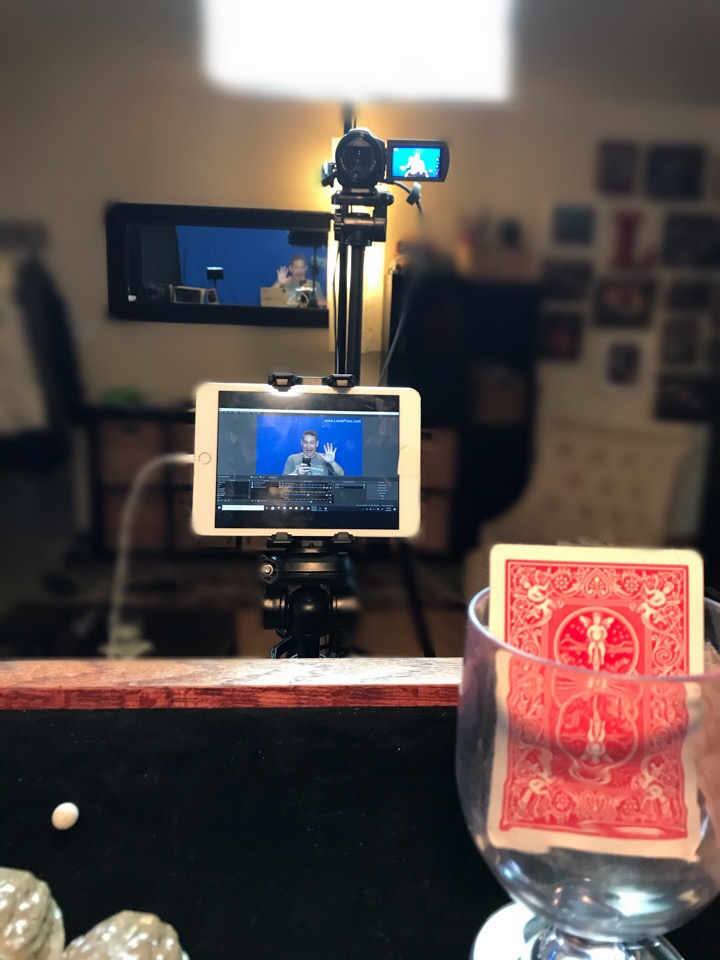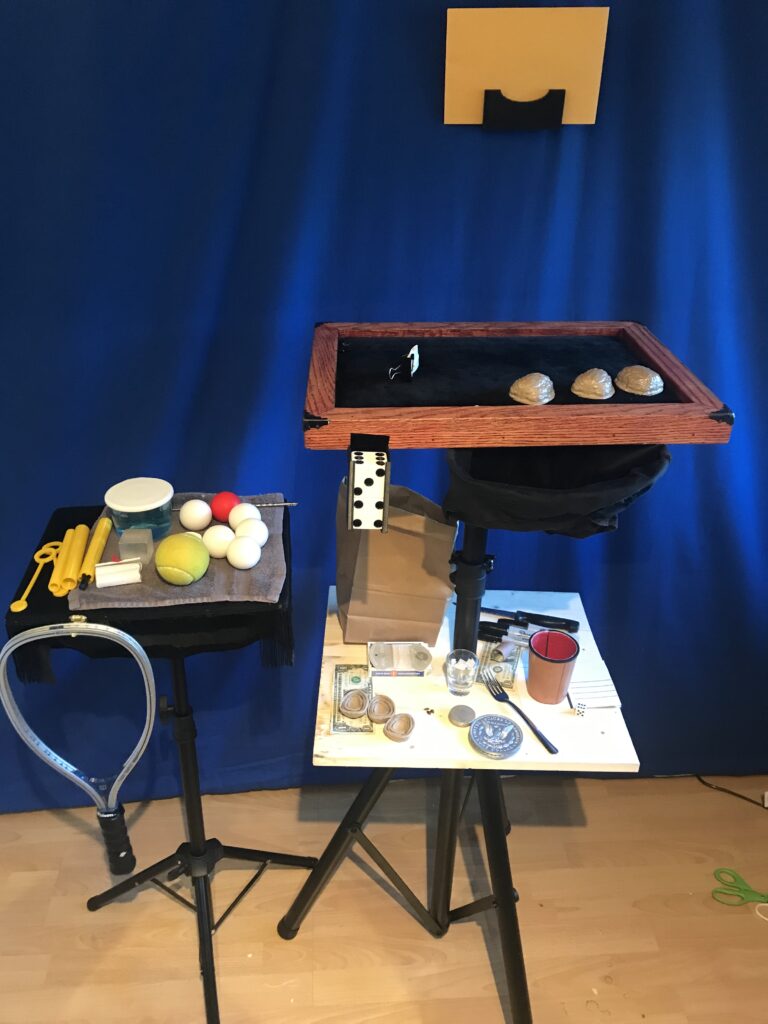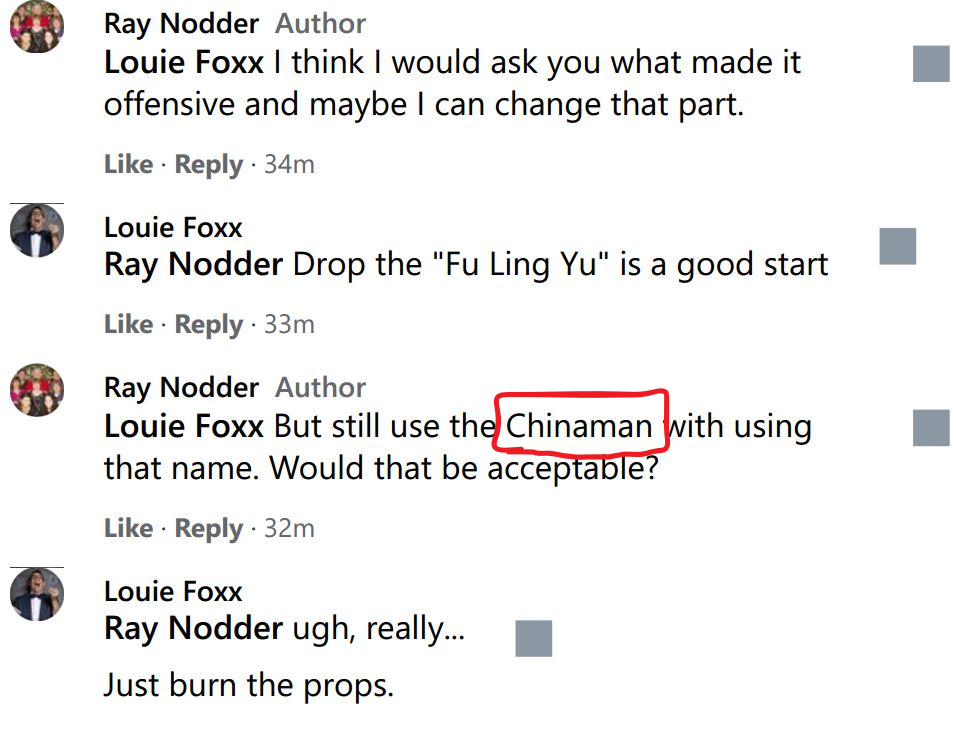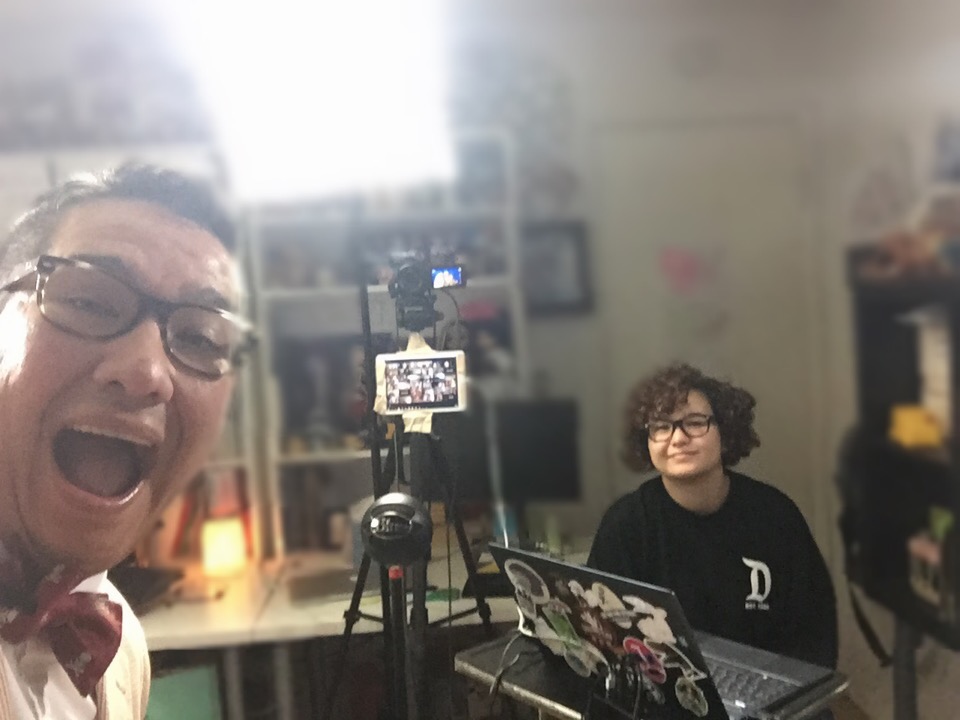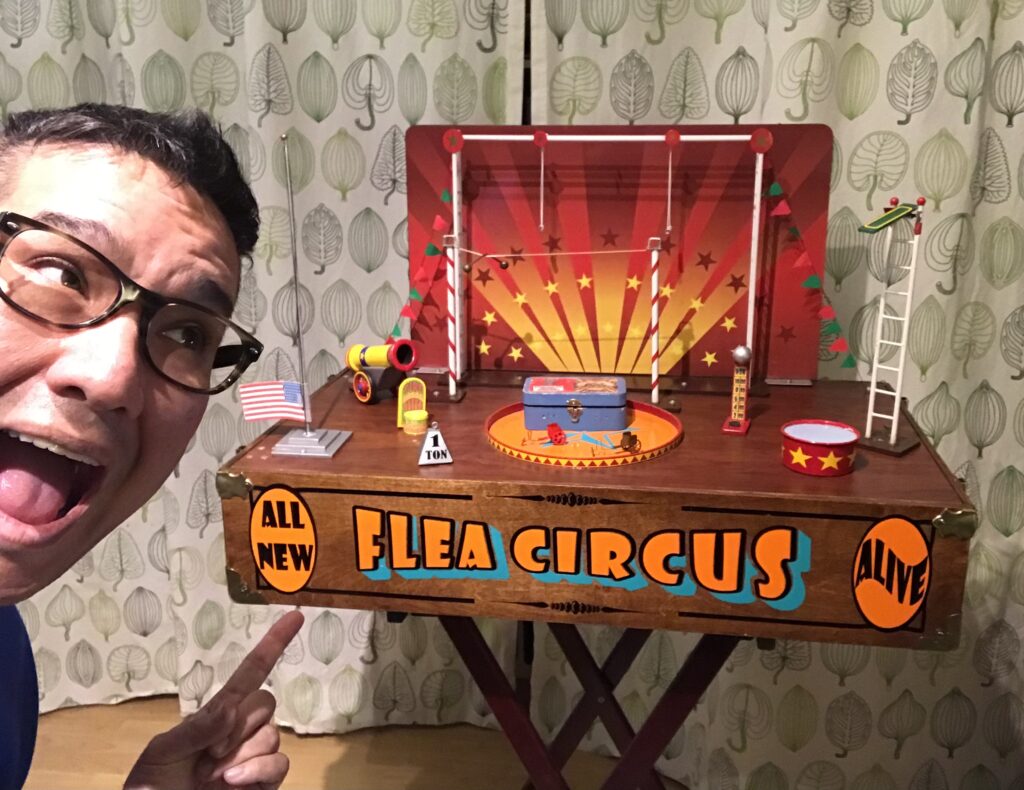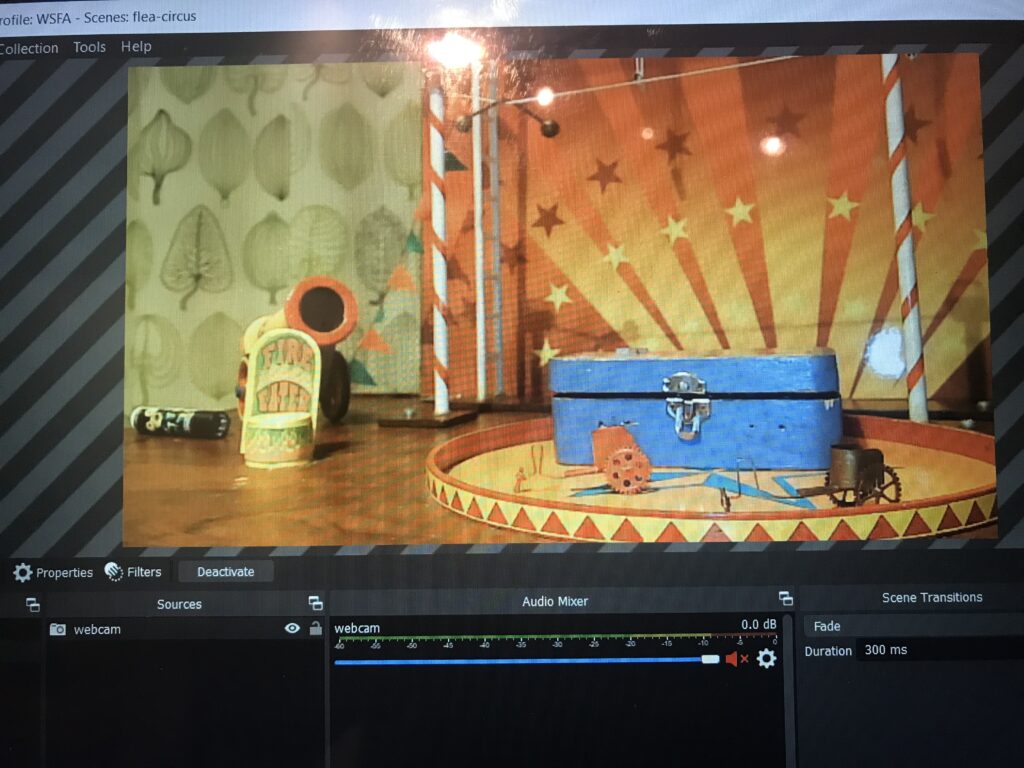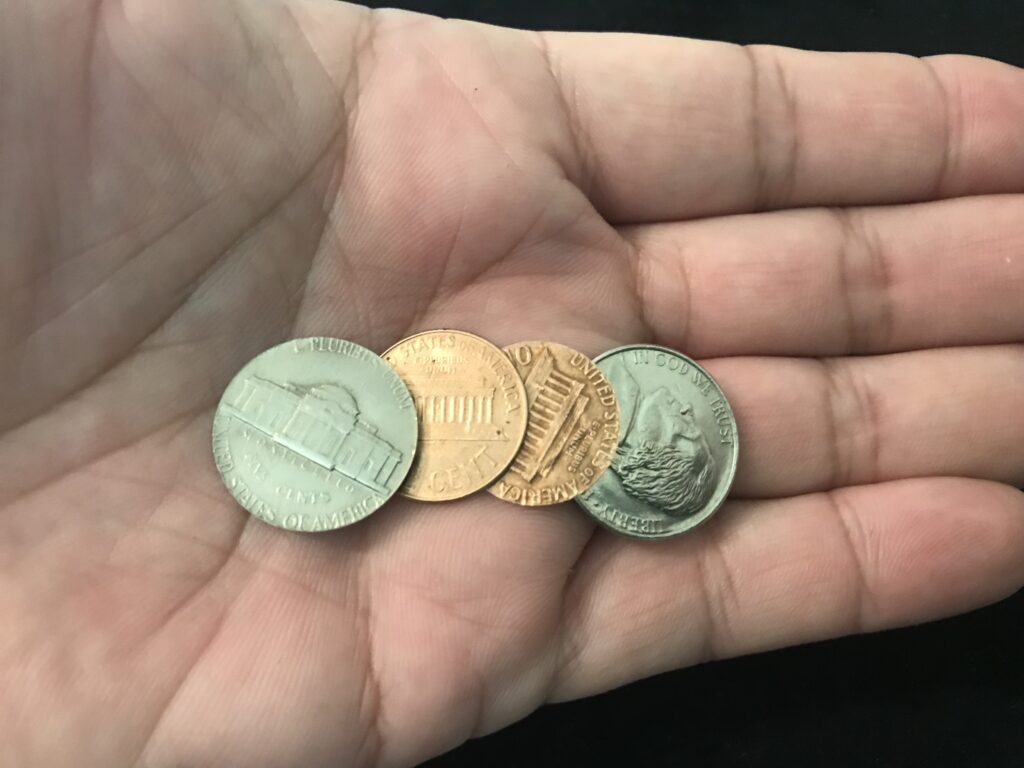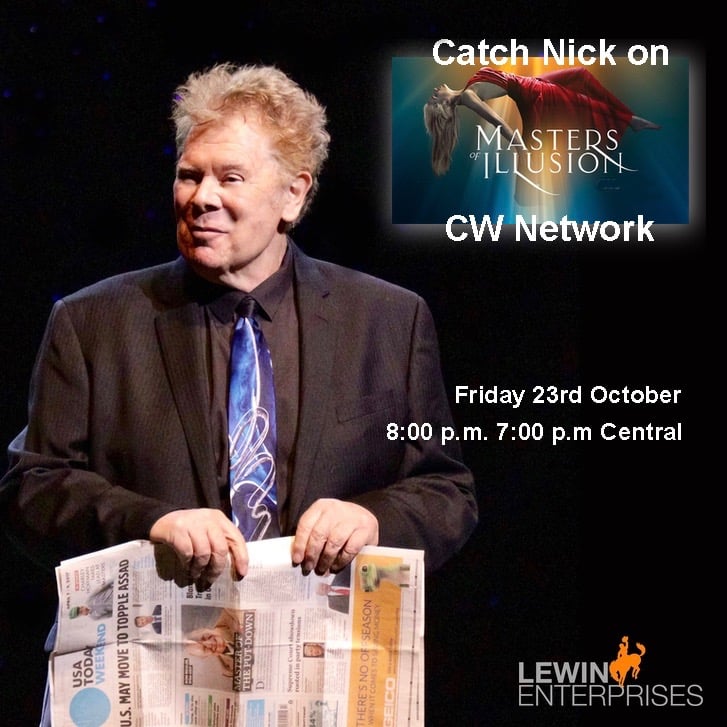The last couple of days I’ve been writing about doing an interactive “do as I do” trick using coins that has a magical ending. Yesterday I talked about how I’m forcing the coin, and a couple days ago I talked broadly about how the coin vanish would happen.
Basically I’m using a 21 cent trick coin set…but instead of the dime that’s in the set I’m using a penny. That gives me a set of two pennies and two nickels that will nest to form a single nickel. You are essentially doing the standard routine used with tricks like the 21 cent trick, all the coins go into your hand, you remove a nickel (that has the other three coins inside of it), then open your hand to show the other three coins are gone.
What my forcing sequence gives is a mini effect before the main effect. More importantly is that the mini effect justifies removing the nickel from your hand, which shifts a lot of heat from the method of the trick AND removes heat from the coin on the table, since there was a reason to remove it.
What I love about working on this trick is that I’ve taken a trick (21 Cent trick), where the standard routine is garbage and made something decent out of it. I can only think of one other routine with the coin set that’s any good. It’s in one of John Mendoza‘s books and uses ae $1.35 coin set, which is essentially the same coin set. That routine ends with a very surprising production of 85 pennies!!!
